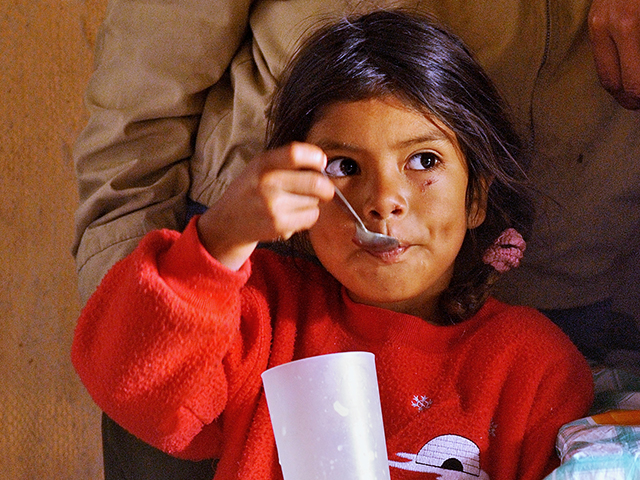We'd Like To Mention
Food Security Starts With Food System Resiliency
Empty grocery shelves during the early months of COVID-19 were a stark reminder that even a nation unsurpassed for its abundant food production is vulnerable to the unexpected. As the pandemic spread, and supply chains collapsed, it was a harsh reminder of the weak links that exist from the farm to the table.
Food security, however, didn't suddenly become food insecurity because of a global pandemic. Food systems here and around the world have been under strain long before COVID-19. That's one conclusion from the recent findings of the Global Food Security Index (GFSI). The ninth annual report calls attention to systemic gaps and how in 2020, the pandemic exacerbated their impact on food systems. The Economist Intelligence Unit updates the model annually and is sponsored by Corteva.
The GFSI measures the drivers of food security in 113 countries based on affordability, availability, quality and safety, and natural resources and resilience. It highlights each country's food-safety net vulnerabilities and identifies where change is needed to reduce both baseline food insecurity and the risk of acute food insecurity during times of crisis.
The U.S. ranks 11th overall in the global food-security rankings. In terms of affordability, America places 17th, availability 10th, quality and safety second, and natural resources and resilience 39th. Finland stands atop the rankings, and Europe as a whole has 13 of the top 15 countries. Four of the five bottom ranking countries are in Africa -- Malawi, Sierra Leone, Sudan and Zambia. Middle Eastern country Yemen ranks last.
P[L1] D[0x0] M[300x250] OOP[F] ADUNIT[] T[]
The index identified three areas countries need to focus on to build food security and, in turn, a more resilient food system.
1) Manage Climate Risk. Extreme weather events such as drought, floods and wildfires, coupled with warmer temperatures that intensify pests and pathogens, all take a toll on yields. Volatile weather also degrades fertile farmland. Overcoming these challenges will require hardier crops and improved genetics, plus additional tools and training to help growers manage risk and mitigate weather disasters.
2) Embrace Sustainable Solutions. Growing food sustainably encompasses a host of practices, tools and technologies to minimize soil degradation, conserve scarce resources and sustainably boost yields. It includes understanding the relationship between soil health, plant health and micronutrient availability. More growers will need to embrace best practices such as cover crops, conservation tillage, nutrient management and methods that capture carbon.
3) Gather Data. Collecting and interpreting data on every acre will help farmers make smarter decisions throughout the growing season. Digital technologies and precision-farming methods will drive productivity. Blockchain, artificial intelligence and other tools will better connect everyone in the food-supply chain, making each link stronger and more responsive. Digitization will also help the ag industry improve food quality that's more nutritious and healthier for consumers.
Even before COVID, the index shows global food systems have been under strain, with many countries struggling to increase productivity. "With food security declining again, we all must heed the urgent call to renew our collective commitment to innovation and collaboration," says Jim Collins, CEO of Corteva. "Our future is only as secure as our food system, and agriculture is at the heart of it. Together, we must better support global food security."
**
> Write Gregg Hillyer, 2204 Lakeshore Dr., Suite 415,
Birmingham, AL 35209, or email gregg.hillyer@dtn.com.
[PF_0421]
(c) Copyright 2021 DTN, LLC. All rights reserved.



